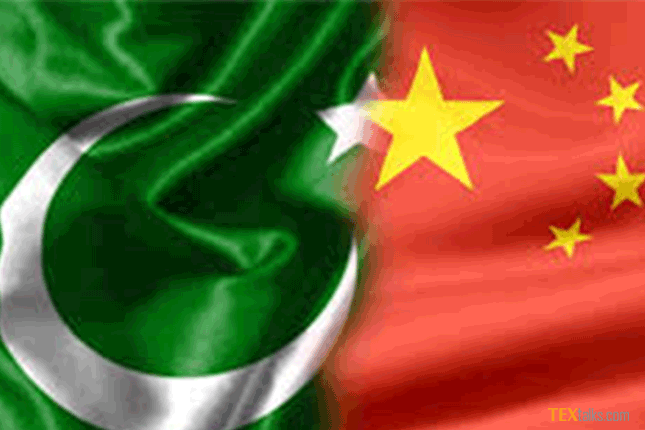Will Pakistan lose its shares in the international textile market due to its best mate??
The question is one of the most serious concerns for the Pakistani textile entrepreneurs these days. The changing waves of Chinese investment are nothing but a clear threat to the Pakistani textile mills. The Pakistani textile industry is already struggling a lot to compete with the international challenges and compete with other major forces in the industry. At such times another emerging threat of losing its share in the international market is because of the recent Chinese investments in their textile market.
Expected is that with this huge investment and massive spinning mills it will lead to introduction of new products in textile market, that will surely be difficult to compete in terms of rates and quality, in the international market.
“The anticipated glut of textile and garment from the Xinjiang textile park in the export as well as domestic markets of Pakistan poses a serious threat to Pakistan’s textile sector already struggling to remain afloat,” the Karachi Chamber of Commerce and Industry (KCCI) said in a report. “Setting up of the textile park at Xinjiang will give a heavy blow to Pakistani textile exports.” The KCCI, which represents more than 50,000 businesses across the city, said China’s textile-ware from Xinjiang passing through China-Pakistan Economic Corridor (CPEC) to the Middle East and North Africa (MENA) region would experience a further reduction in costs in terms of transportation.
According to the experts, with the consideration of CPEC, China has placed it primary focus on the Xinjiang province, bordering Pakistan. The province accounts for 60 percent of China’s seven million tons of cotton production. Previously underdeveloped, the province is now witnessing speedy industrialization and on a very large scale. The main focus of this development is to formulate a major textile hub.
China being the world’s second biggest economy is investing $27 billion in Xinjiang’s transport infrastructure for better regional connectivity in 2017 alone, while a $2.8 billion is being invested into standard garment factory constructions. By 2020, Xinjiang is expected to produce about 500 million garments a year. At the same time, China is also building a 3,000-kilometre long road from Gwadar in Pakistan to Kashgar in China. If we talk about the MENA region, the rout will connect with its western parts in a cost-effective manner.
On the other hand, the textile exports contribute around 60 percent to the Pakistan’s total exports, which are already on the declining trend owing to a host of factors, including high production cost and lack of government incentives. “A $1.7 billion textile package, recently announced by the government, doesn’t match the incentives provided to textile exporters by China,” the Karachi Chamber said. “Pakistan would simply not be able to compete with the Chinese exporters.”
Further, is said that “Chances are high that Pakistan would be experiencing a similar influx of goods under China’s transit trade as it is witnessing in many other sectors of the market.” Though at times where the CEPC is supporting the Pakistani economy and is a clear opportunity to let Pakistan stand in the row of developed countries, it is also brining some major challenges to different sectors of Pakistan and those are necessary to be addressed in time.



